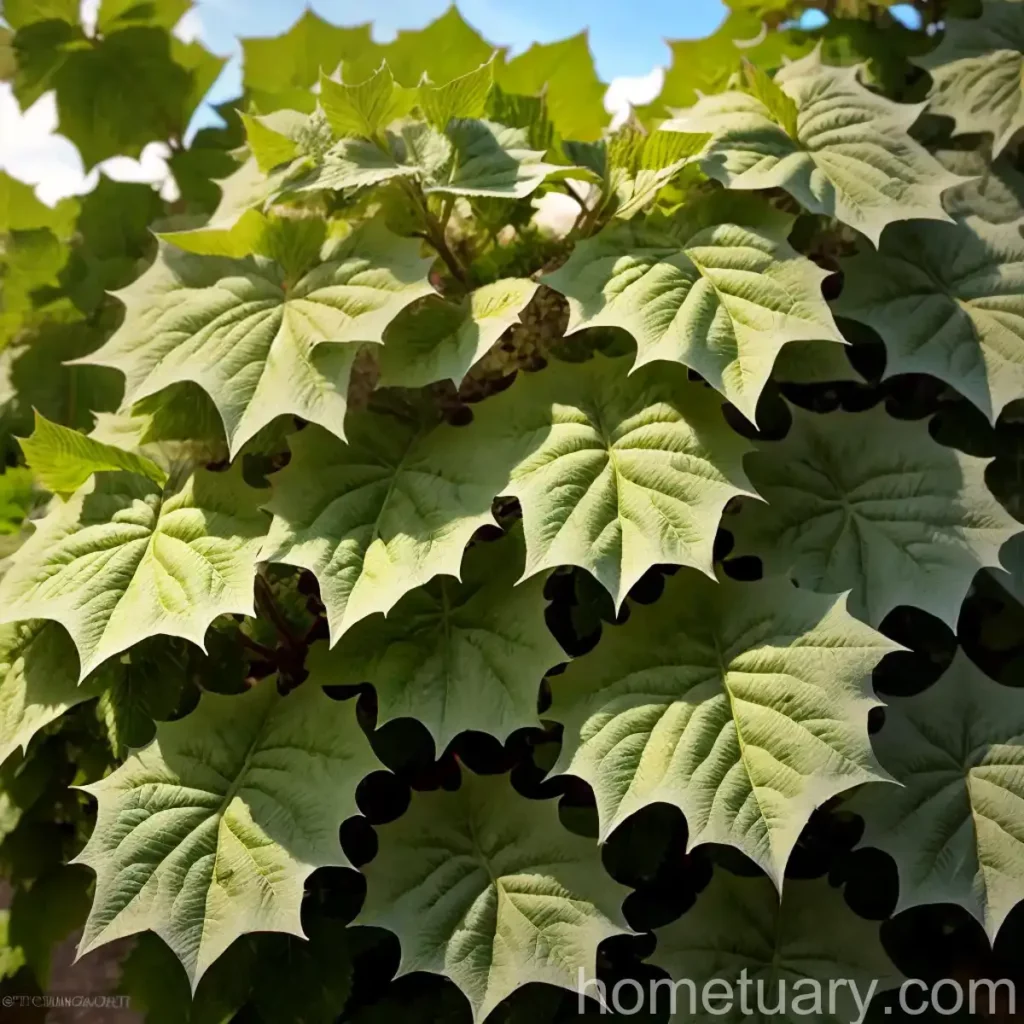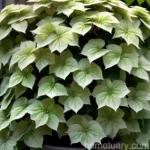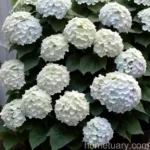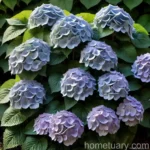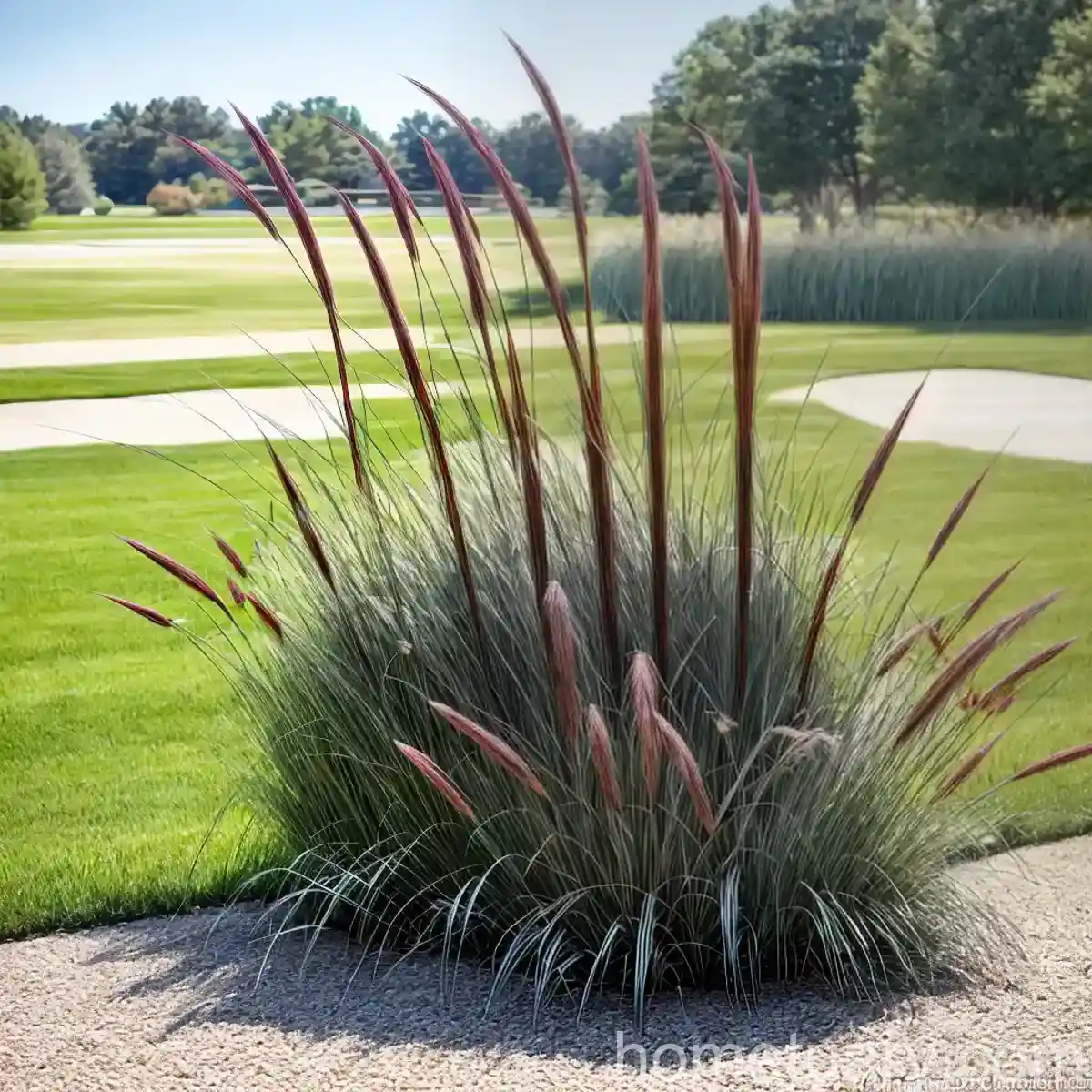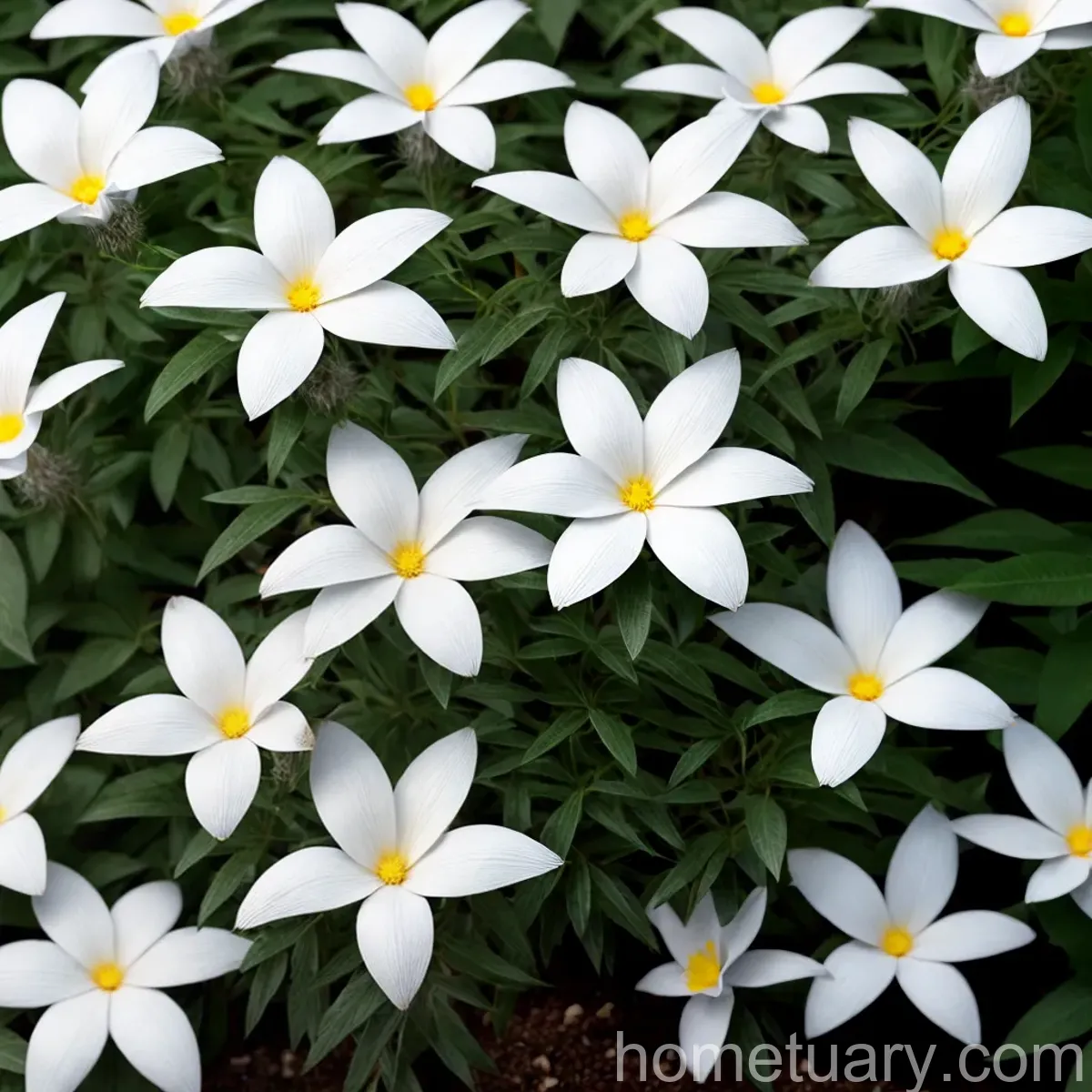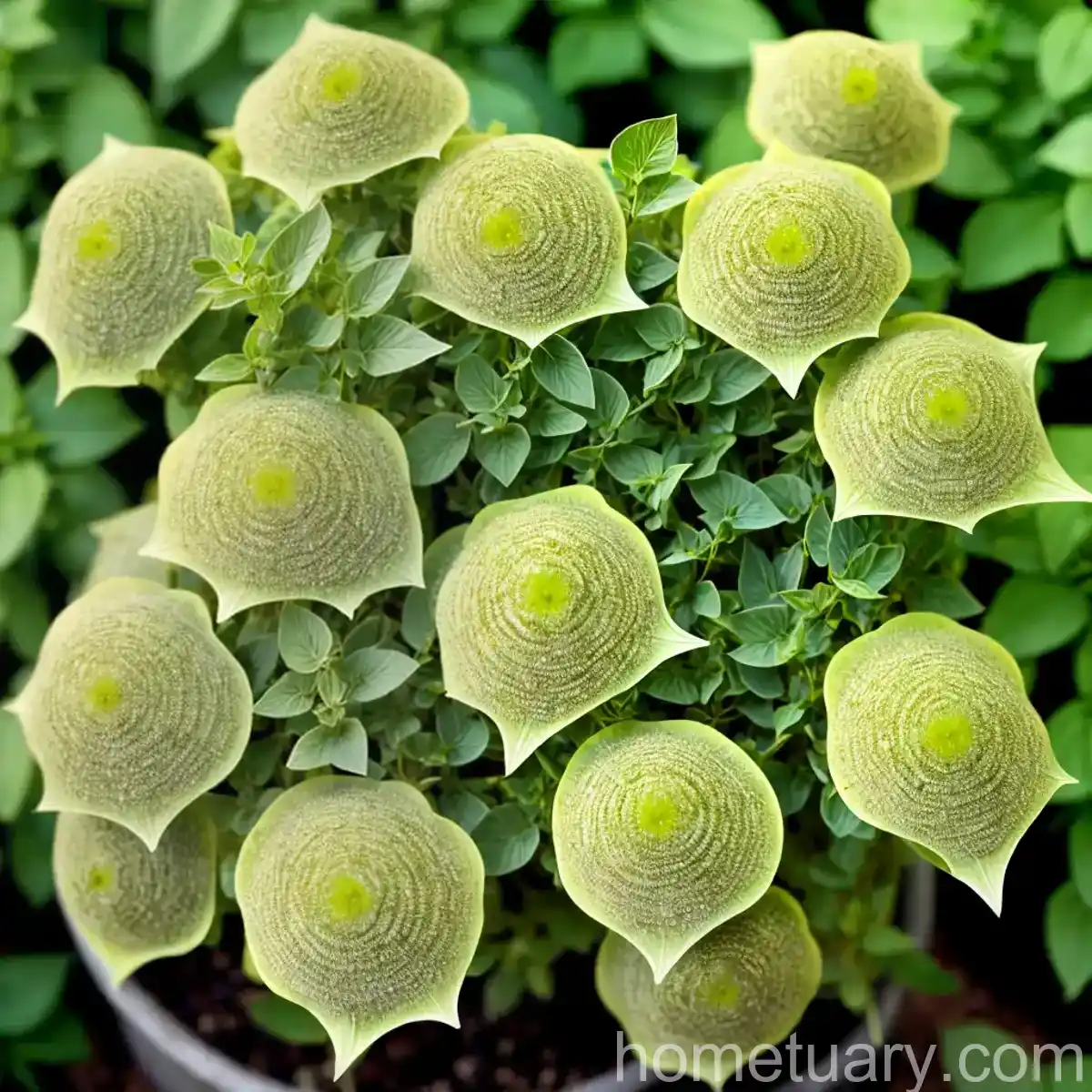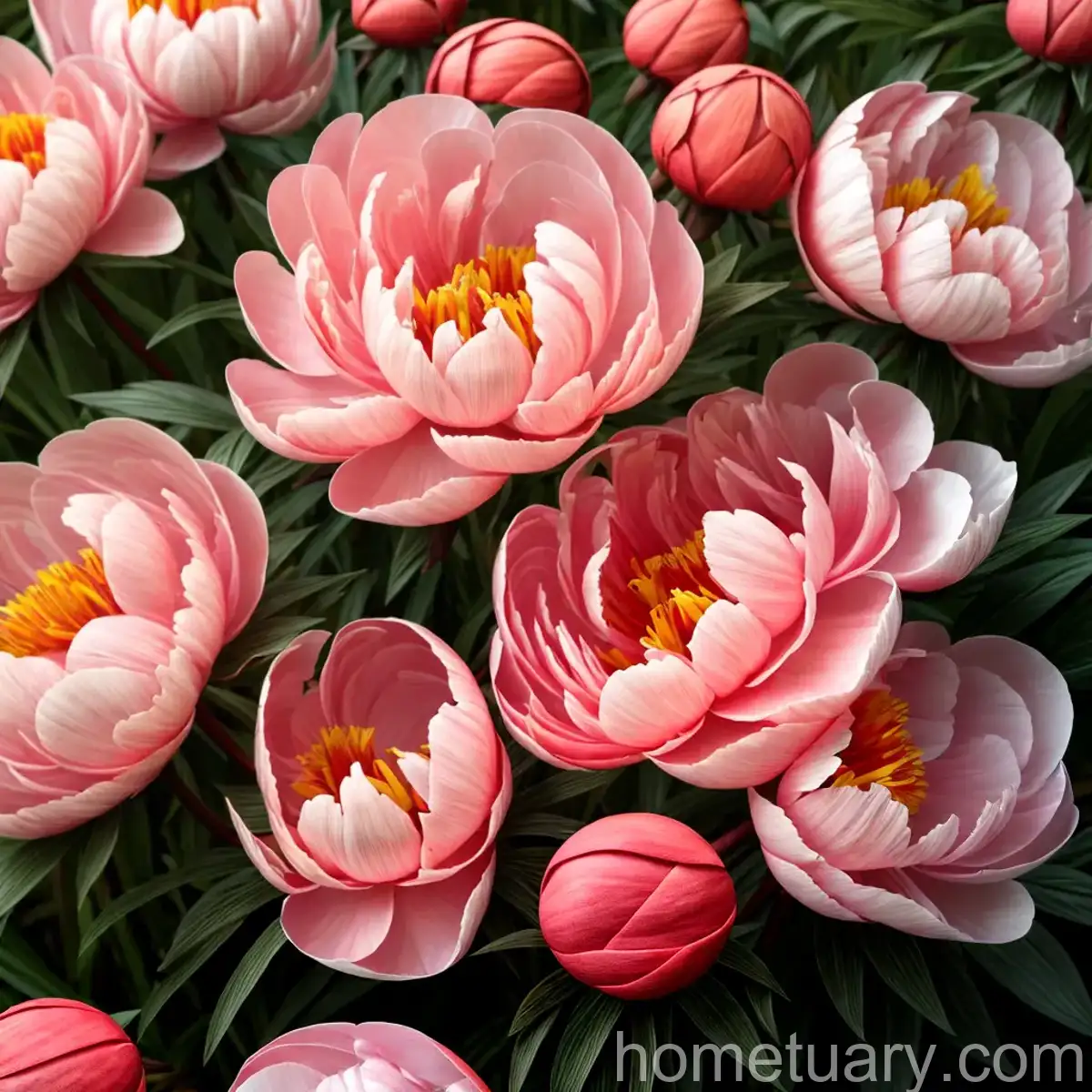Oakleaf Hydrangea (Hydrangea quercifolia ‘Pee Wee’)
Plants have always fascinated human beings with their diverse shapes, colors, and uses. Among the vast array of plant species, the oakleaf hydrangea (Hydrangea quercifolia ‘Pee Wee’) stands out for its striking beauty and versatility. In this blog post, we will delve into the world of oakleaf hydrangea, exploring its characteristics, care requirements, common uses, and much more.
What is Oakleaf Hydrangea?
Oakleaf hydrangea, scientifically known as Hydrangea quercifolia ‘Pee Wee’, is a deciduous flowering shrub that belongs to the family Hydrangeaceae. It is native to the southeastern United States, particularly in regions stretching from Florida to Louisiana and north to the mountains of North Carolina and Tennessee.
Key Takeaways – Oakleaf Hydrangea (Hydrangea quercifolia ‘Pee Wee’)
- Scientific Name: Hydrangea quercifolia ‘Pee Wee’
- Family: Hydrangeaceae
- Native Range: Southeastern United States
- Common Names: Oakleaf Hydrangea, Pee Wee Hydrangea
- Plant Type: Deciduous Shrub
- Growth Habit: Mounding
- Foliage: Oak-shaped leaves
- Flowers: Conical clusters of white blossoms
- Cultural Requirements: Partial shade, well-draining soil
- Uses: Ornamental gardens, landscape design
Now that we have a brief overview of what oakleaf hydrangea is, let’s explore the various aspects of its care, uses, and maintenance in more detail.
Culture
Cultivating oakleaf hydrangea requires an understanding of its preferred growing conditions, including water, sunlight, soil, and other cultural factors. Proper cultural practices can significantly impact the health and overall appearance of the plant.
Water
Oakleaf hydrangeas thrive in moist, well-drained soil. While they prefer consistent moisture, they can tolerate short periods of drought once established. When watering, it’s essential to ensure that the soil is evenly moist but not waterlogged. Providing a layer of mulch around the base of the plant can help retain soil moisture and regulate temperature.
Sunlight
In terms of sunlight requirements, oakleaf hydrangeas prefer partial shade, especially in hotter climates. They can handle morning sun and filtered light but generally benefit from protection from the intense afternoon sun. In regions with milder temperatures, they can tolerate more sun exposure, but it’s crucial to monitor the plant’s response and adjust the sunlight accordingly.
Fertilizer
Like most hydrangeas, oakleaf varieties respond well to regular fertilization. It is advisable to apply a balanced, slow-release fertilizer in early spring or late fall. This helps support healthy growth and abundant flowering. It is important to follow the recommended application rates to avoid over-fertilization, which can lead to excessive foliage growth at the expense of flowers.
Soil
The ideal soil for oakleaf hydrangeas is well-draining, humus-rich, and slightly acidic (pH 5.2-6.5). Amending the soil with organic matter such as compost, leaf mold, or well-rotted manure can enhance its fertility and structure. Additionally, maintaining a layer of organic mulch around the base of the plant not only conserves moisture but also enriches the soil as it decomposes.
Pruning
Pruning is an essential aspect of oakleaf hydrangea maintenance, and when done properly, it promotes healthy growth and abundant flowering. Understanding the plant’s growth habits and the timing of pruning is crucial for achieving the desired results.
Growth Habit
Oakleaf hydrangeas typically have a mounding growth habit, with new stems emerging from the crown each year. They are known for their exfoliating bark, which adds winter interest to the landscape. Understanding the natural growth pattern of the plant helps in shaping and maintaining its form through pruning.
Pruning Techniques
Pruning oakleaf hydrangeas is best done immediately after flowering. Since they bloom on old wood, delaying pruning can result in the removal of potential flower buds. The general approach involves the removal of spent flowers and any damaged or crossing branches. Additionally, rejuvenation pruning, which involves the removal of older stems to stimulate new growth, can be done periodically to revitalize the shrub.
Propagation
Propagating oakleaf hydrangeas allows for the expansion of their presence in gardens and landscapes. Understanding the different propagation methods can provide plant enthusiasts with the opportunity to create new plants from existing ones.
Propagation Methods
Oakleaf hydrangeas can be propagated through various methods such as:
- Softwood Cuttings: Taking softwood cuttings in early summer and propagating them in a controlled environment with high humidity.
- Layering: Encouraging stem layering, where a portion of a low-hanging stem is covered with soil to promote root formation.
- Division: Dividing mature plants into smaller sections, each with its own root system, and replanting them.
Each propagation method has its unique advantages and success rates, and choosing the most suitable approach depends on the grower’s preferences and circumstances.
Container Popularity
The compact nature and ornamental value of the ‘Pee Wee’ variety of oakleaf hydrangeas make them popular choices for container gardening. Their adaptability to container environments allows for creative and versatile use in various settings, including patios, decks, and urban landscapes.
Container Common Diseases
While oakleaf hydrangeas in containers are generally resilient, they might still be susceptible to certain diseases that can affect their growth and appearance. Common diseases in container-grown oakleaf hydrangeas include:
- Powdery Mildew: A fungal disease that presents as a powdery white substance on the leaves and can hinder photosynthesis.
- Leaf Spot: Characterized by circular, dark-colored lesions on the foliage, caused by various fungi or bacteria.
Preventing these diseases includes maintaining proper air circulation around the plant, avoiding overhead watering, and providing suitable growing conditions.
Disease Diagnosis
Diagnosing and addressing plant diseases promptly is crucial for preventing their spread and minimizing their impact on the overall health of oakleaf hydrangeas. Recognizing the symptoms of common diseases allows for timely intervention and appropriate treatment.
Fungal Diseases
Fungal diseases such as powdery mildew and leaf spot can be identified by the distinct visual cues they present, including powdery white patches on the leaves and circular lesions surrounded by a contrasting border. Monitoring the plant for any signs of discoloration, distortion, or abnormal growth can aid in early disease detection.
Bacterial Infections
Bacterial infections can manifest as wilting, leaf browning, and general decline in plant vigor. It is essential to differentiate between bacterial infections and other stress-related symptoms, as they may require distinct treatment approaches.
Common Pests
In addition to diseases, oakleaf hydrangeas can also face challenges from various pests that can affect their growth and aesthetic appeal. Understanding the common pests and their control measures is important for maintaining healthy plants.
Aphids
Aphids are small, soft-bodied insects that feed on the sap of oakleaf hydrangeas, often congregating on the undersides of the leaves. Their feeding can lead to distorted growth and the development of sooty mold. Controlling aphids involves using insecticidal soaps, horticultural oils, or introducing natural predators such as ladybugs.
Spider Mites
These tiny arachnids are known for causing stippling on the leaves as they pierce the plant cells to feed on the sap. Regularly spraying the foliage with water can help deter spider mites, while predatory mites and insecticidal miticides can be used for population control.
Understanding the life cycles and feeding behaviors of common pests can aid in the development of integrated pest management strategies for oakleaf hydrangeas.
Botanist’s Tips
From a botanist’s perspective, oakleaf hydrangeas present a fascinating subject for study and observation. Their unique characteristics and growth patterns provide valuable insights into the world of plant biology and ecology.
Growth Habit Observations
Studying the growth habits of oakleaf hydrangeas can reveal interesting patterns of branching, flowering, and response to environmental stimuli. Observing the formation of flower buds, leaf emergence, and seasonal changes can provide firsthand knowledge of the plant’s life cycle.
Soil and Nutrient Requirements
Analyzing the nutrient uptake and soil preferences of oakleaf hydrangeas offers valuable information for understanding their metabolic processes and physiological needs. Conducting soil analyses and observing nutrient deficiencies or excesses can contribute to a deeper understanding of plant nutrition.
Genetic Variation Studies
Exploring the genetic diversity within the oakleaf hydrangea species can shed light on their evolutionary history and potential for future breeding and selection. Investigating the traits exhibited by different varieties and cultivars can inform breeding programs aimed at developing improved hybrids.
Fun Facts
As we delve into the world of oakleaf hydrangeas, it’s worth exploring some captivating and lesser-known facts about these remarkable plants.
- Leaf Color Change: The leaves of oakleaf hydrangeas often undergo a striking color transformation in the fall, turning shades of red, bronze, and purple, adding seasonal interest to the landscape.
- Wildlife Attraction: The flowers of oakleaf hydrangeas serve as a nectar source for pollinators, attracting butterflies, bees, and other beneficial insects to the garden.
- Historical Significance: Hydrangea quercifolia has a rich historical background, with references to its medicinal and cultural uses among Native American tribes in the southeastern United States.
Links to External Resources
For further exploration of oakleaf hydrangeas and related topics, the following external resources provide valuable information and insights:
- American Hydrangea Society: The official website of the American Hydrangea Society offers a wealth of resources, including articles, forums, and events related to hydrangeas.
- University of Georgia Extension – Hydrangeas in the Landscape: This publication provides comprehensive guidance on growing and caring for hydrangeas in landscape settings, including species such as Hydrangea quercifolia.
- Missouri Botanical Garden – Hydrangea quercifolia: The Missouri Botanical Garden’s plant database contains detailed information on Hydrangea quercifolia, including its characteristics, cultivation requirements, and landscape uses.
By providing a comprehensive overview of oakleaf hydrangea (Hydrangea quercifolia ‘Pee Wee’), this blog post aims to equip plant enthusiasts with the knowledge and inspiration to cultivate and appreciate this captivating shrub. From cultural requirements to pest management and botanist’s tips, the multifaceted aspects of oakleaf hydrangeas invite exploration and engagement, enriching our understanding of the natural world and enhancing our connection to the plant kingdom.

